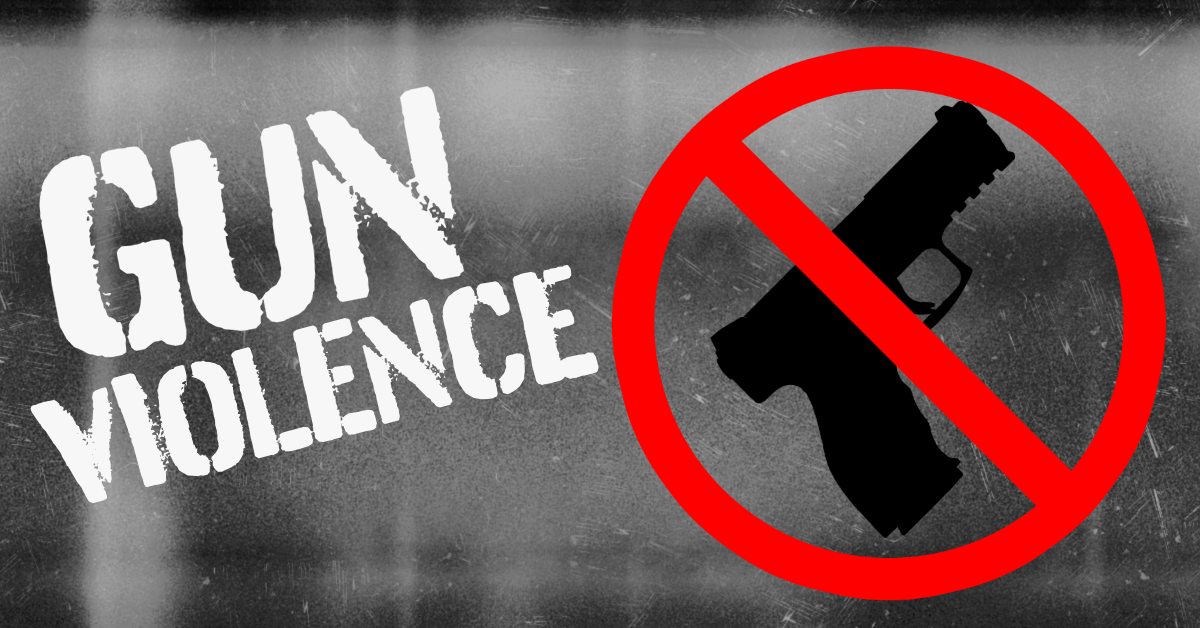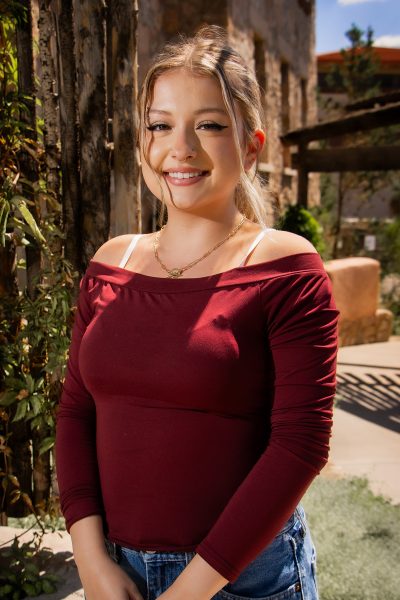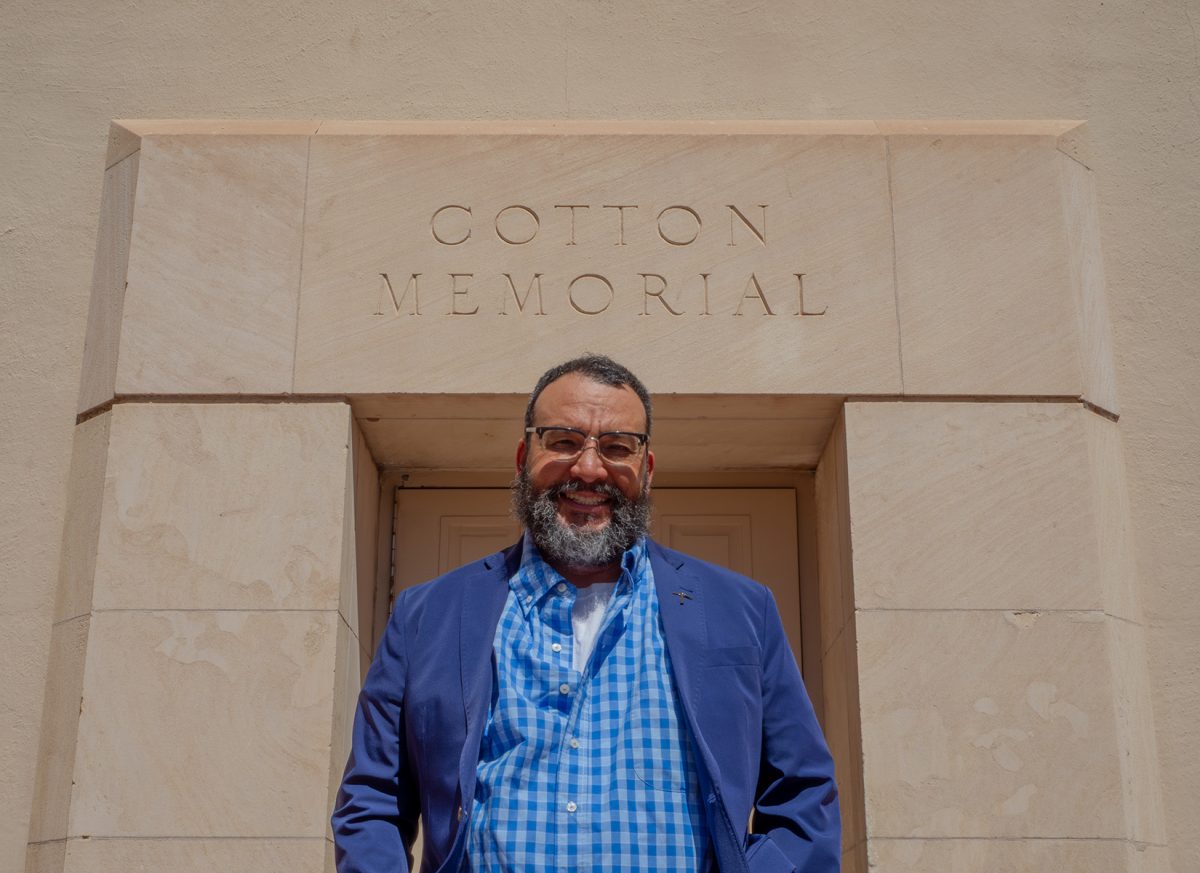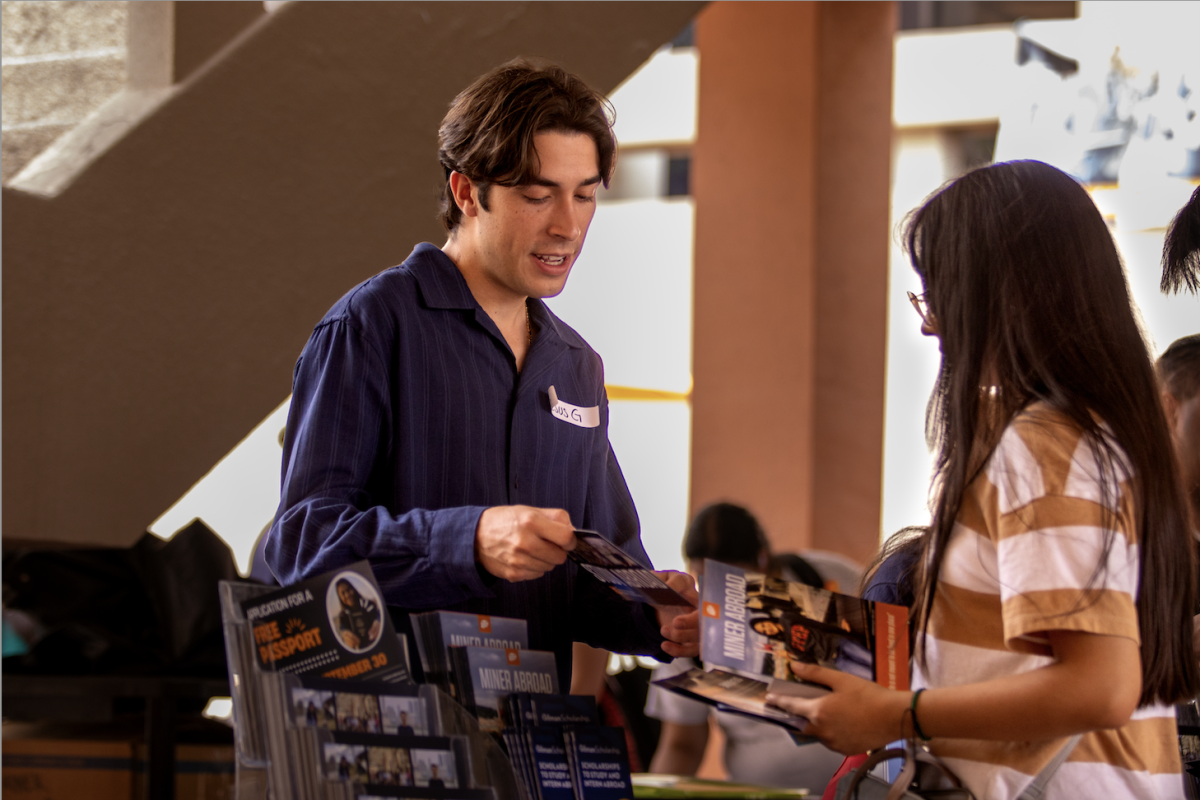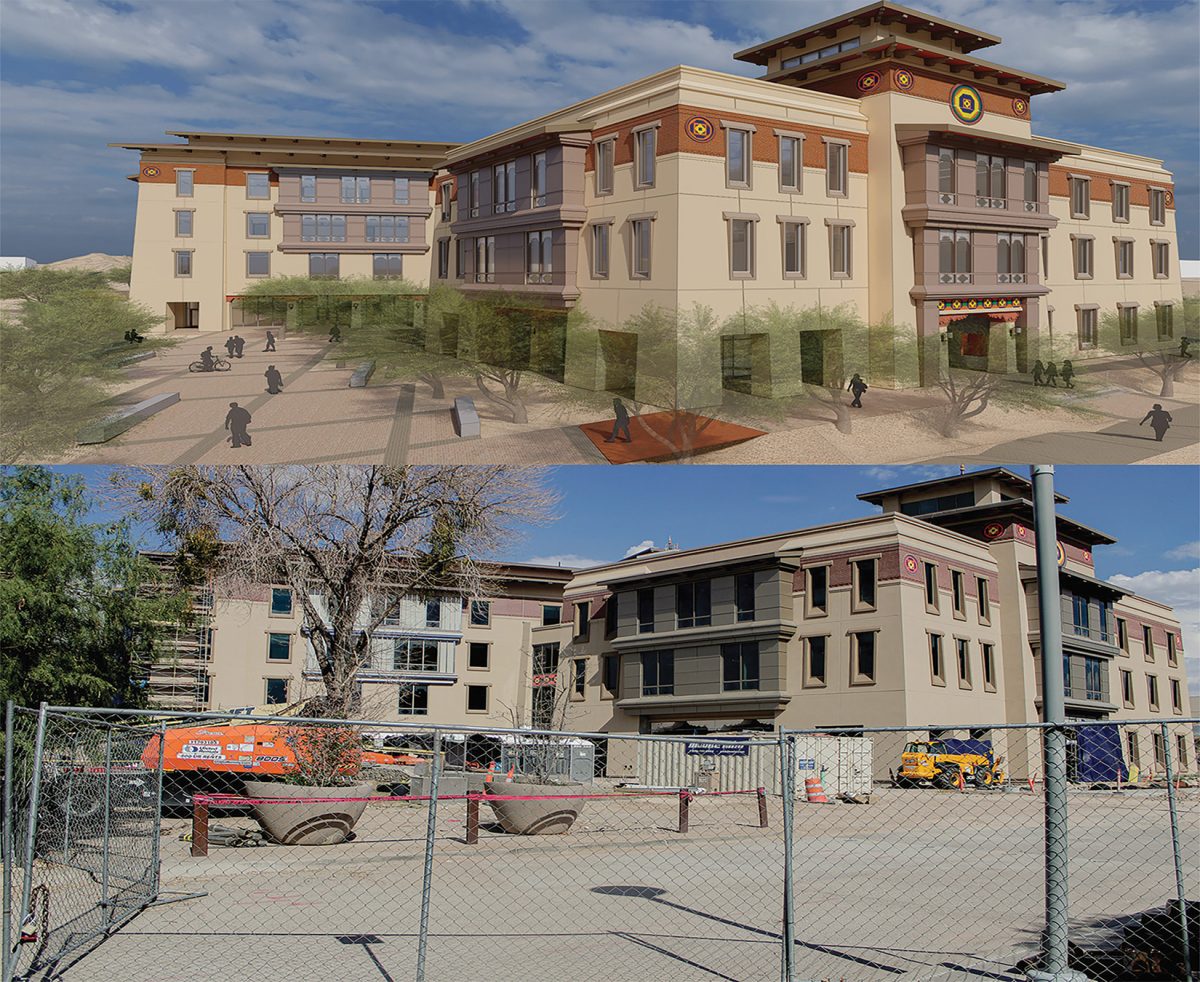According to CNN, as of Sept. 12, there have been 305 mass shootings in the United States. While the statistics are alarming, many of these incidents no longer make national headlines.
Recent events, such as the death of Charlie Kirk, and the 47 school shootings reported in 2025, have sparked controversy over why some acts of violence dominate public attention while others receive far less. In today’s social media era, many people are also noticing a growing desensitization to tragic events.
This leads to questions regarding what role the media plays in gun violence coverage. In the past years, universities have started to develop research studies on the role of the media, from both the journalistic and the social media user perspective.
Researchers Paul Boxer and Eric Dubow from the Institute for Social Research at The University of Michigan conducted a study on whether the depiction of gun violence in the media, both fictional or real, could lead to a broader influence and even encourage imitation in some instances. They presented their findings in “The Handbook of Gun Violence.”
In an interview conducted by Fernanda Pires, Lead Public Relations Representative at Michigan News, on how mass shootings should be covered by the media, Dubow referenced a do’s and don’ts guide the World Health Organization (WHO) created in 2023 for media professionals reporting on suicides.
“The WHO recommends educating the public about facts about suicide, presenting stories about coping with life stress and depression and providing helping resources,” Dubow said. “Other organizations have provided similar suggestions for media reporting on mass shootings to reduce the likelihood of copycat events, like minimizing sensationalism, not naming the shooter or providing the shooter’s manifesto, and not showing videos that the shooter may have taken during the event.”
On the opposite side of the media is its consumers, and how they respond to the exposure of this content.
Some students at The University of Texas at El Paso (UTEP) agreed that whether they interacted a lot with political content or not, the most viral cases of gun violence would show up on their feeds.
“Every time there is one (mass shooting) it’s the first thing to pop up on my social media. It’s not really like a news outlet; it’s more the content made by content creators,” Doriant Zuñiga, a junior studying political science said.
Students had different perspectives on whether violence is being normalized or not on social media.
“I think with the persuasiveness of hashtags, even sending stuff to friends or reposting makes people stop taking the events as seriously in general,” said Brian Cashin, senior studying Criminal Justice.
However, others think the numbness to news about shootings has to do with other factors.
“I think what’s normalizing it is that it’s becoming a new normal, like the fact that it’s happening so often is what’s normalizing it, not social media,” Zuñiga said.
Many students agreed that every shooting is a tragedy, and they all deserve to be reported appropriately in the media.
“Some shootings receive a lot of attention because they are targeted towards famous people. And school shootings aren’t talked about as much,” Cashin said.
Both news outlets and social media users shape how the population sees gun violence. As the numbers of shootings continue to rise, the way users choose to share and consume this content will influence not only public perception but also public policy. News outlets, as well as social media users and content creators play a role in the way information is obtained today.
Vivien Noe C. is a staff reporter at The Prospector, and may be reached at [email protected]

